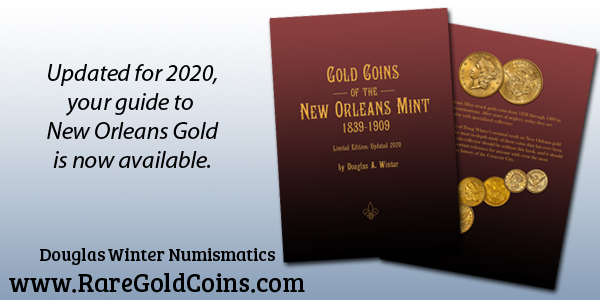
PREV ARTICLE
NEXT ARTICLE
FULL ISSUE
PREV FULL ISSUE
MORE ON DESIGNING THE MAYA ANGELOU QUARTERA new article from Fast Company adds more background on how Emily Damstra designed the Maya Angelou quarter. Here's an excerpt - see the complete article online. -Editor
Maya Angelou's and the other upcoming quarters were authorized by the Circulating Collectible Coin Redesign Act of 2020, and Damstra notes that they all came with a few requirements. Most notably, the reverse side (tails) couldn't feature the quintessential head and shoulder portrait or bust. So Damstra opted for a figure of Angelou instead of a close-up. And since the quarter is so small, she kept the number of details to a minimum. Detail ratios are important because once the illustration is complete, it has to be sculpted into a three-dimensional object. For example, Damstra says she steered clear of fine lines and transparent objects because they're difficult to translate into 3D shapes. Once designed, the Maya Angelou quarter was sculpted by the Mint's medallic artist, Craig A. Campbell, who also sculpted Nina Otero-Warren's quarter, to be released later this year. Campbell started by sculpting an initial model out of clay and plaster, then used digital software to polish the final design.
Campbell explains that sculptors have to follow the designer's illustration, but
Campbell's first task was to single out every design element and figure out the hierarchy between them. Once the sculpture is complete, the Mint uses the digital model to carve the design into a stamp called a die, which ends up striking the quarters at a rate of 720 coins per minute. The Angelou quarter was minted in Philadelphia, Denver, and San Francisco. With 65 presses, the Philadelphia Mint produces 46,800 coins per minute, making these among the most intricately designed, mass-produced objects in design history.
To read the complete article, see:
To read the earlier E-Sylum article, see:
Wayne Homren, Editor The Numismatic Bibliomania Society is a non-profit organization promoting numismatic literature. See our web site at coinbooks.org. To submit items for publication in The E-Sylum, write to the Editor at this address: whomren@gmail.com To subscribe go to: https://my.binhost.com/lists/listinfo/esylum All Rights Reserved. NBS Home Page Contact the NBS webmaster 
|

